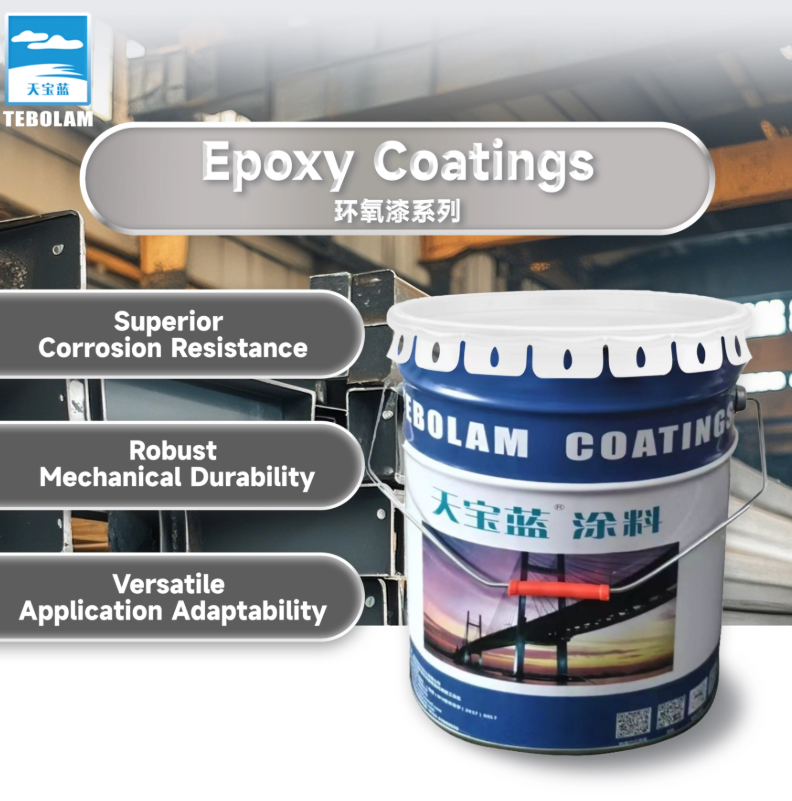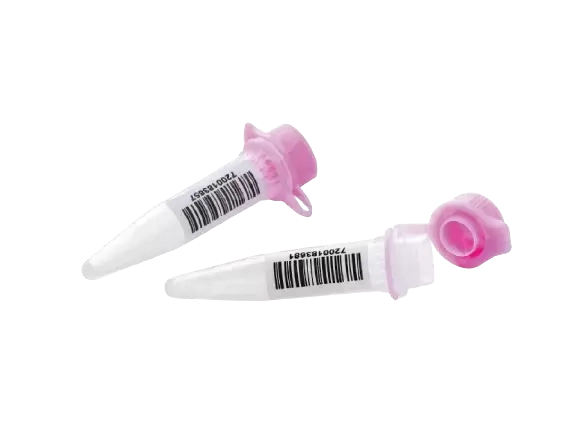The Essential Guide to Insulation Requirements Under Concrete Slabs: How Much Do You Really Need?
When it comes to constructing a building, the importance of proper insulation cannot be overstated, particularly when it involves concrete slabs. Insulation under a concrete slab plays a critical role in energy efficiency, moisture control, and overall comfort within the structure. However, determining how much insulation you need can be a complex task, influenced by various factors such as climate, building use, and local building codes. In this article, we will delve into the intricacies of insulation requirements under concrete slabs, providing you with a comprehensive understanding of how to make informed decisions for your construction project.
Understanding the Purpose of Insulation Under Concrete Slabs
Before we dive into the specifics of how much insulation is needed, it’s essential to understand the primary functions of insulation beneath a concrete slab:
- Thermal Resistance: Insulation helps to reduce heat loss in colder climates and heat gain in warmer climates, contributing to overall energy efficiency.
- Moisture Control: Proper insulation can act as a barrier against moisture intrusion, which can lead to mold growth and structural damage.
- Comfort: Insulation contributes to a more stable indoor temperature, enhancing occupant comfort.
Factors Influencing Insulation Requirements
Several factors must be considered when determining the amount of insulation required under a concrete slab:
- Climate Zone
The climate in which your building is located is perhaps the most significant factor influencing insulation needs. The U.S. Department of Energy categorizes the country into different climate zones, each with specific insulation recommendations. For instance:
- Cold Climates: In areas with harsh winters, a higher R-value (thermal resistance) is necessary. Insulation thickness may range from 2 to 4 inches of rigid foam board.
- Moderate Climates: In regions with milder winters, 1 to 2 inches of insulation may suffice.
- Hot Climates: In warmer areas, insulation may not be as critical, but it can still help with energy efficiency, typically requiring 1 inch of insulation.
- Building Use
The intended use of the building also plays a crucial role in determining insulation needs. For example:
- Residential Buildings: Homes often require more insulation to ensure comfort and energy efficiency.
- Commercial Buildings: Depending on the type of business, insulation needs may vary. Warehouses may require less insulation compared to retail spaces that are climate-controlled.
- Local Building Codes
Always consult local building codes, as they may have specific requirements for insulation under concrete slabs. Compliance with these codes is not only essential for legal reasons but also ensures that your building meets safety and efficiency standards.
Recommended Insulation Types
When selecting insulation for under a concrete slab, several materials are commonly used:
- Rigid Foam Board: This is the most popular choice due to its high R-value per inch and moisture resistance. Common types include Expanded Polystyrene (EPS) and Extruded Polystyrene (XPS).
- Spray Foam Insulation: While more expensive, spray foam provides excellent air sealing and insulation properties, making it suitable for areas with complex shapes.
- Mineral Wool: Although less common for slab insulation, mineral wool can be used in specific applications where fire resistance is a priority.
Calculating the Right Amount of Insulation
To determine the appropriate thickness of insulation for your concrete slab, follow these steps:
- Identify Your Climate Zone: Refer to the U.S. Department of Energy’s climate zone map to understand your local conditions.
- Assess Building Use: Consider how the building will be used and the level of comfort required.
- Consult Local Codes: Check local building regulations for minimum insulation requirements.
- Calculate R-Value: The R-value is a measure of thermal resistance. Higher R-values indicate better insulation. Aim for the recommended R-value based on your climate zone and building use.
Conclusion
Determining how much insulation you need under a concrete slab is not a one-size-fits-all answer. It requires careful consideration of various factors, including climate, building use, and local codes. By understanding these elements and selecting the appropriate insulation type, you can enhance the energy efficiency, comfort, and longevity of your building. Whether you are a homeowner, contractor, or architect, making informed decisions about insulation will ultimately lead to a more sustainable and comfortable living or working environment.





